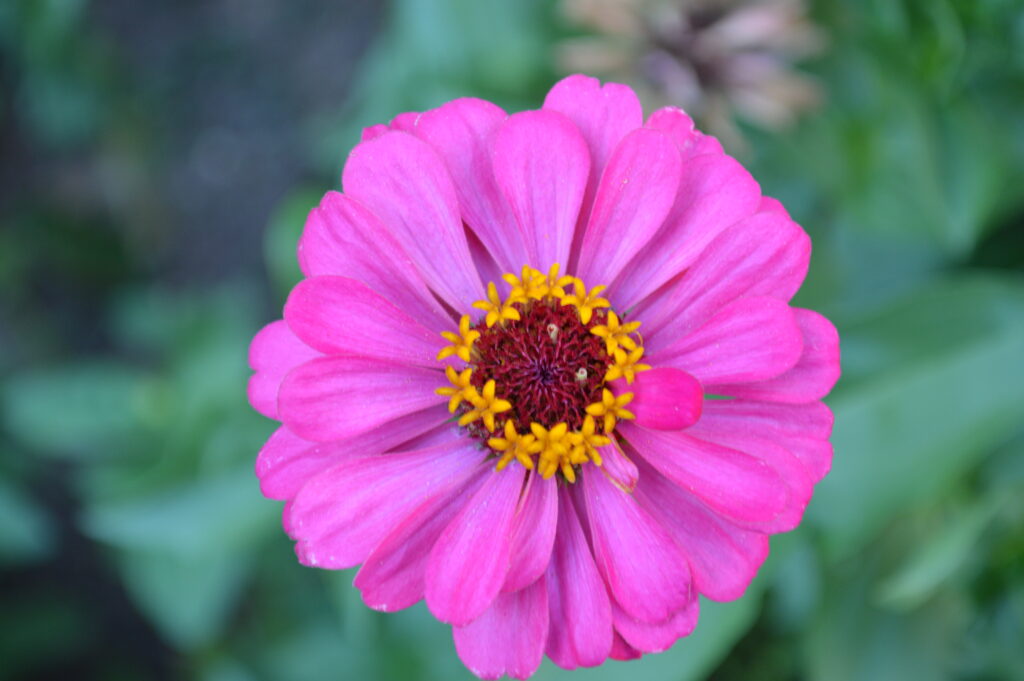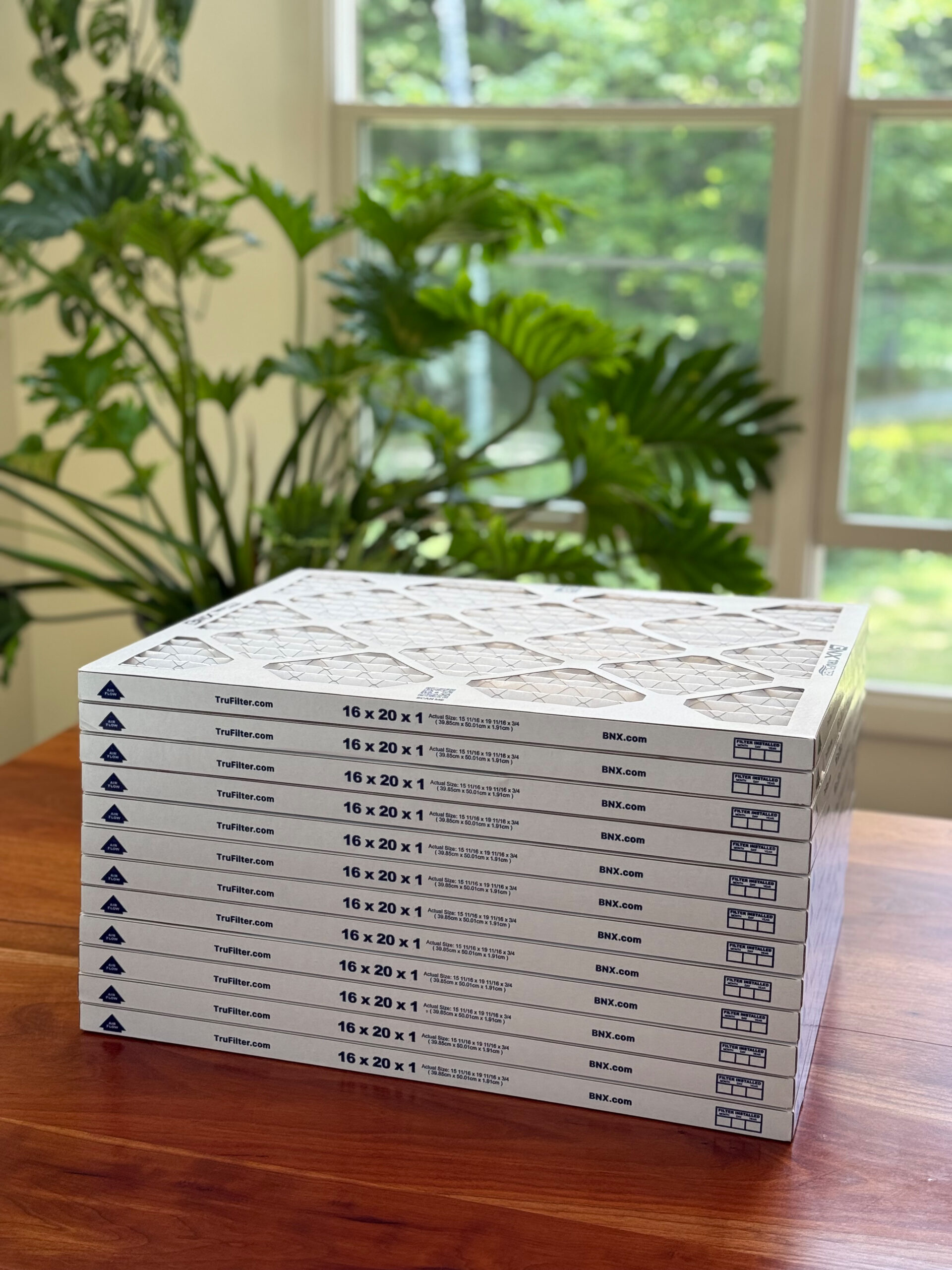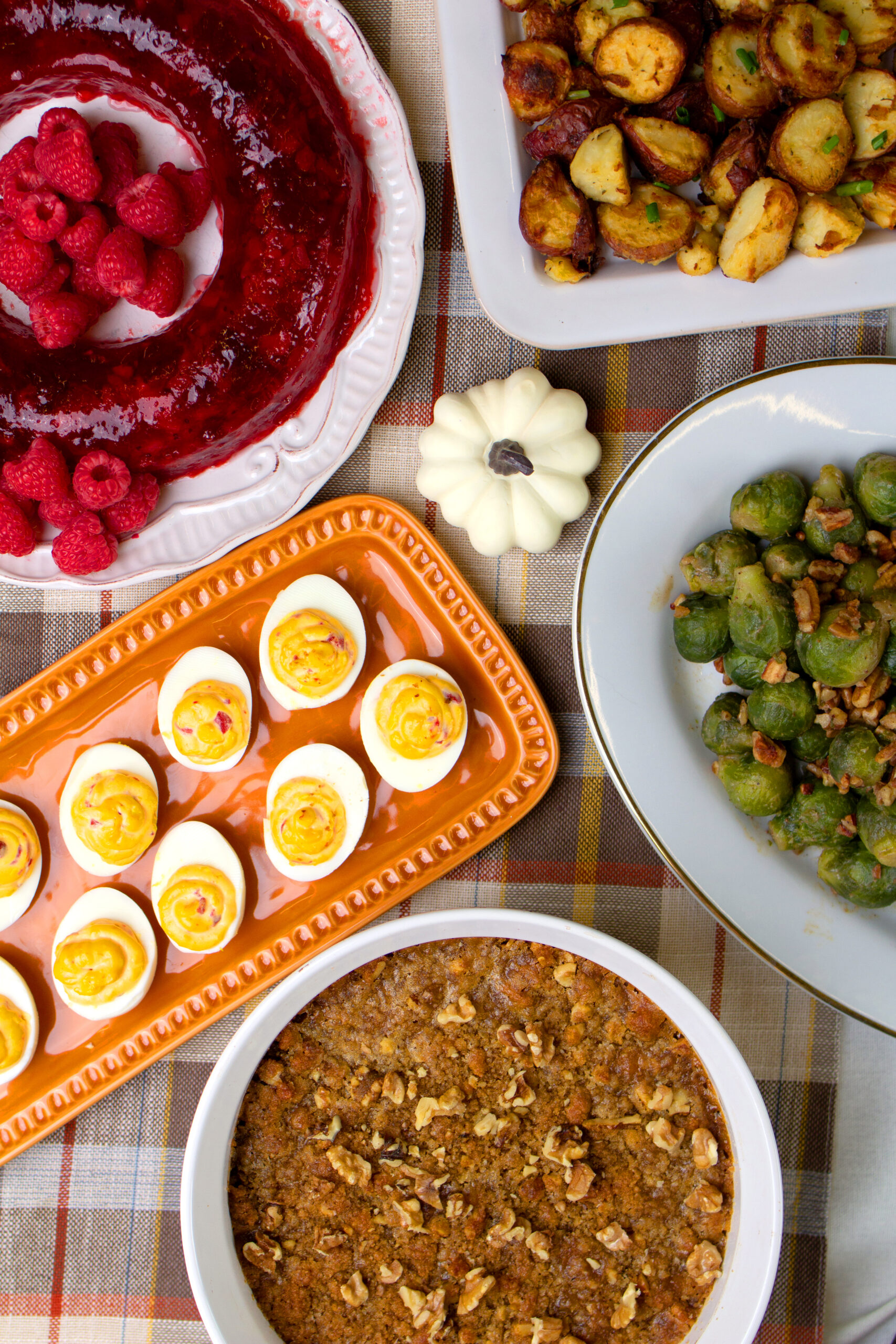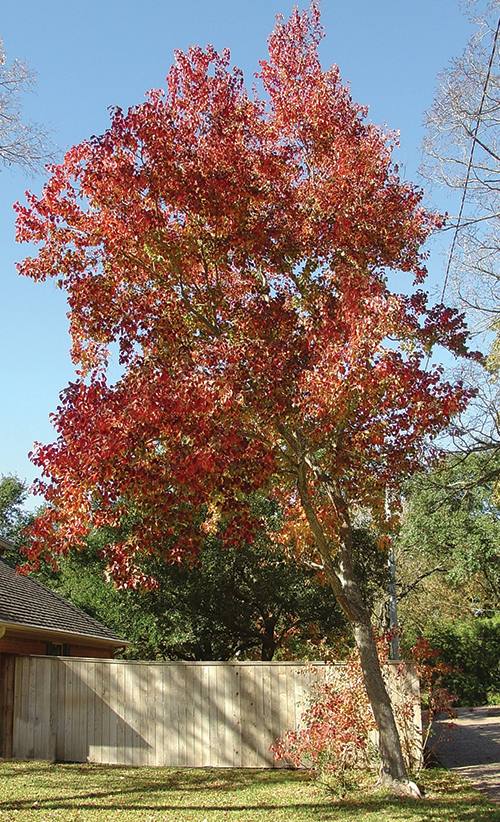Preserving the Past, Planning for the Future

Our summer vegetable and flower gardens will start winding down in the next few weeks; however, their fruitfulness isn’t over even if our plants may be moving past their prime. Seed saving is a fun and rewarding way to preserve those rare and hard-to-find varieties to add to your garden and landscape for years to come.
The first key to successful seed saving is understanding whether your plants are hybrids. If they are, saving seeds will be fruitless (pun intended). Seeds from hybrid plants are not true to type, meaning they won’t grow into the same plant as the parent. If planted, these saved seeds will often result in plants with undesirable or irregular traits.
Instead, opt for open-pollinated varieties when saving seeds. These are plants pollinated through natural methods like insects, wind or self-pollination. In general, seeds from open-pollinated plants will grow true to the parent, maintaining the same characteristics. However, be mindful of cross-pollination, which occurs when pollen from one variety mixes with another related variety. This can lead to offspring with highly unpredictable traits. Cross-pollination is common in insect- or wind-pollinated plants such as cucumbers, melons, corn and squash. To avoid this, grow only one variety per season.
The easiest plants to save seed from are those that self-pollinate, as they are less likely to cross. Tomatoes, beans, and peas are all excellent vegetable choices. Many annual flowers, including zinnias and sunflowers, are also self-pollinating and beginner-friendly.
Once you’ve identified which seeds to save, the next step is the process itself. Start by selecting only healthy, vigorous plants, diseased or weak plants yield poor-quality seed. Additionally, many viruses as well as some bacterial and fungal diseases can persist on seed, setting future crops up for failure even before they are planted. Allow seeds to fully mature before harvesting. For vegetables, this means letting the fruit ripen completely. For flowers, wait until the petals dry and a seed pod has developed.
After harvesting, clean the seeds. Cleaning methods vary based on plant type. Wet-processed seeds, like those from tomatoes, cucumbers, and melons, should be removed from the fruit and washed in a large container. Viable seeds will sink, while non-viable ones float. Skim off the floating seeds and strain the rest. Then, dry the seeds in a thin layer on a flat surface. Dry-processed seeds, such as beans, peas, and many annual flowers, need to be separated from the husk, flower head, or pod. After the seeds are released, hand screens let them pass through while capturing any remaining plant debris.
Once clean and thoroughly dry, store seeds properly. Place them in labeled paper envelopes along with a packet of silica gel or a bit of dry rice to absorb moisture. Then, store the envelopes in a sealed glass jar kept in a cool, dry place. For even better preservation, refrigerate the jar. Most seeds will stay viable for 3 to 5 years.
Seed saving is a meaningful way to carry a bit of the past into the future. If you haven’t tried it before, this season is a great time to start. Hope you find these tips helpful and happy gardening!
Bethany O’Rear, a horticulturist for more than 20 years, is a regional agent with the Alabama Cooperative Extension System, specializing in commercial and home horticulture.




